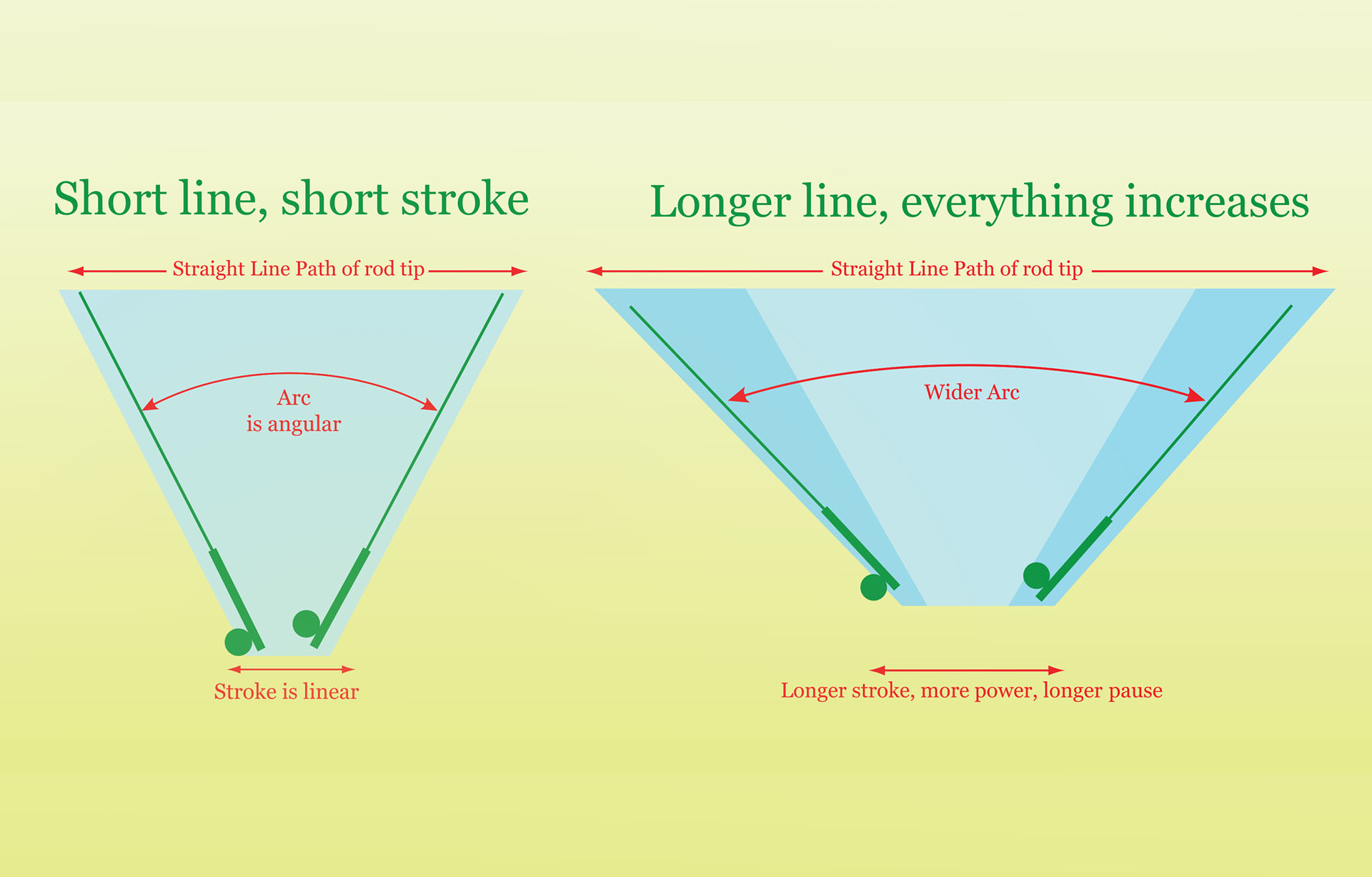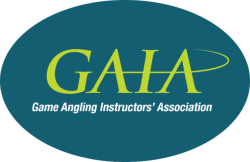Casting Efficiently
There are many ways to cast a fly, and there is no right way or wrong way, or even one way that suits everyone. I’m not talking about the vast array of casts available to use in different situations (that’s a big subject for another time), but the actual physical way in which we cast with a rod. Injury, health issues, physical build and environmental conditions can all affect how we cast. We are all put together differently and we all choose actions that feel right to feel comfortable or ‘self-optimise’. For example, even expert casters differ from one another as far as the grip they choose to hold the rod with, the stance they take: open, closed, square to target (or standing on one leg), the amount of wrist movement they use and the casting arm position they adopt. This is what we call fly-casting ‘style’ – and, as the French say: ‘Vive la difference!’ Having said all that, it stands to reason that, naturally, some actions are more efficient and others less efficient. This is what we call fly-casting ‘Substance’ – in other words, there are certain things we must do to cast efficiently, whatever our style. This breaks down into five essential areas. A simple way to remember these is to use the acronym SNAPP. So let’s take a closer look at each essential.
S – Straight-line path of the rod tip
The line will always follow the path of the rod tip. To create the most efficient, aerodynamic loops and direct energy towards the intended target, we must move the rod tip in a virtual straight-line path.
N – No slack line
Slack line should be kept to a minimum; any slack in the system is inefficient and will waste part of the casting stroke before the rod begins to load. Imagine trying to tow a car with slack rope between the two vehicle and the wasted energy expended before tension kicks in. So, always start the cast with the rod tip low to the water. A good reminder is to very lightly tap the rod tip on the water’s surface.
A – Arc (and stroke)
Arc is the amount of angle that the rod is rotated through the casting arc. Stroke is the linear distance the hand and rod butt moves through the casting stroke. We need a variable casting arc that increases or decreases depending on the amount of bend in the rod or the amount of line outside of the rod tip. In other words, short line, short stroke. With a longer line, everything increases, stroke, arc, power and pause. (See diagrams)
P – Power (acceleration)
Power must be applied in the right place, in the right amount; a constant, smooth acceleration to a crisp stop. Simply put, start slow, finish fast.
P – Pause (timing)
There must be a pause at the end of each stroke that varies with the amount of line outside of the rod tip. Short line, short pause – longer line, longer pause.
These five essentials are the observations of the American fly casting instructor Bill Gammel and his father Jay.
So next time you’re out and your cast goes wrong, remember to apply SNAPP.
If you would like a GAIA Instructor to help you put theory into practice, use Find An Instructor below to get in touch with your local GAIA instructor and have a chat about your requirements.
Enter a city, town, place or postcode into the box below to find nearby GAIA Instructors.

